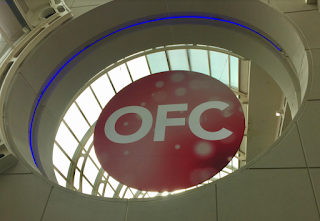A new Linear Pluggable Optics Multi-Source Agreement (LPO MSA) is underway to develop the specifications for networking equipment and optical modules.
The founding participants of the LPO MSA encompass a notable array of companies such as Accelink, AMD, Arista, Broadcom, Cisco, Eoptolink, Hisense, Innolight, Intel, MACOM, NVIDIA, and Semtech Corporation.The initial target of the MSA is an optimized optical interconnect with LPO modules on both ends of the link. The LPO MSA specifications will define the electrical and optical requirements to ensure interoperability between multiple vendors of networking equipment and optics modules.
“There is an urgent need to reduce the network power consumption for AI and other high-performance applications,” said Mark Nowell, LPO MSA Chair. “LPO materially reduces power consumption both for the module and the system while maintaining a pluggable interface, providing the economics and flexibility that customers need for high-volume deployments.”
“The LPO MSA will enable a multi-source ecosystem for LPO optics modules which is essential for wide industry adoption,” said Andreas Bechtolsheim, Co-Chair LPO MSA. “We look forward to supporting the LPO MSA specifications.”



















